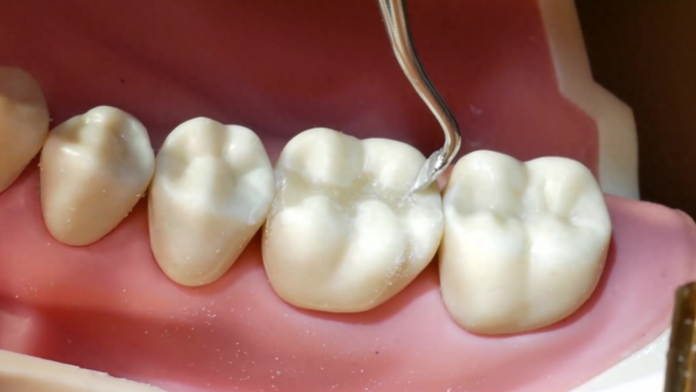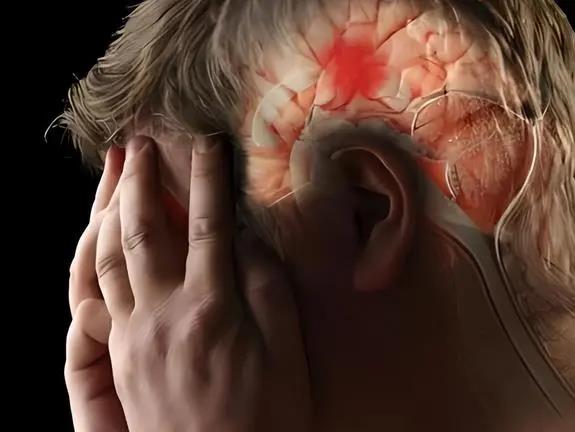At three o'clock in the morning, in a sushi restaurant in Tsukiji market in Tokyo, an old chef is carefully rubbing the belly of snapper with warm water. This "fish belly massage" process, which has been passed down for thousands of years, actually determines the fate of ingredients more accurately than any nutrition label. When we are addicted to discussing pesticide residues in organic vegetables, do we ignore the deep reshaping of nutrition by cooking itself? The food art interwoven by flame, grease and time is quietly rewriting the molecular code of food.
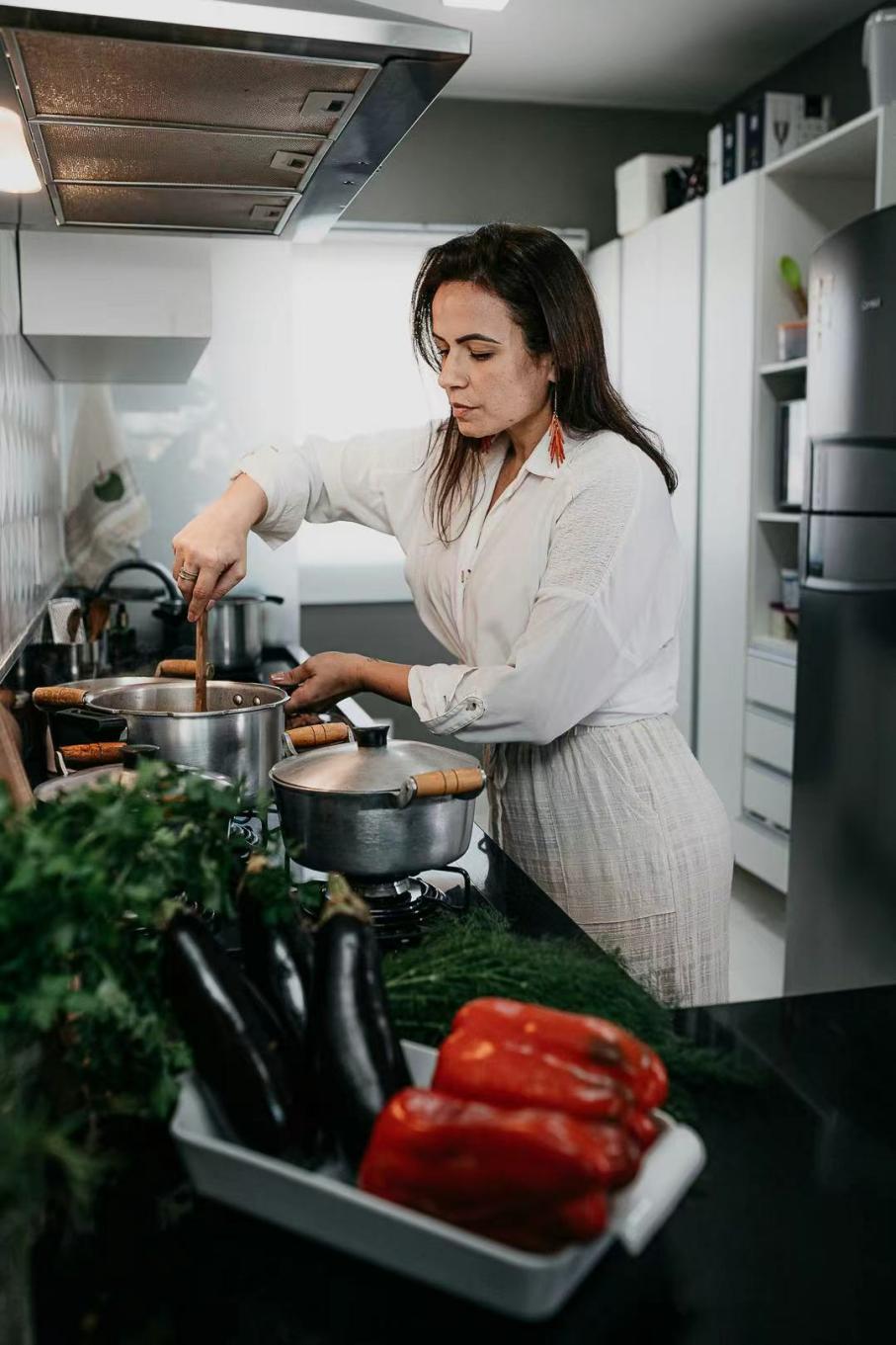
Have you ever noticed that the flavor of amino acids vaporized by steamed bass on the steamer is quite different from the instant caramelization aroma of starch molecules when frying dumplings? In the nutrition laboratory, researchers used mass spectrometry to capture the moment when the cell wall of vegetables broke during cooking. The cellulose barrier that originally wrapped vitamin C turned into floating water vapor under the heat of 120℃. The data show that the loss rate of antioxidant substances in broccoli blanched in boiling water for 3 minutes is as high as 42%, but if steamed in water, this figure can drop to 17%. The seemingly minor cooking differences are actually rewriting the molecular identity of food.
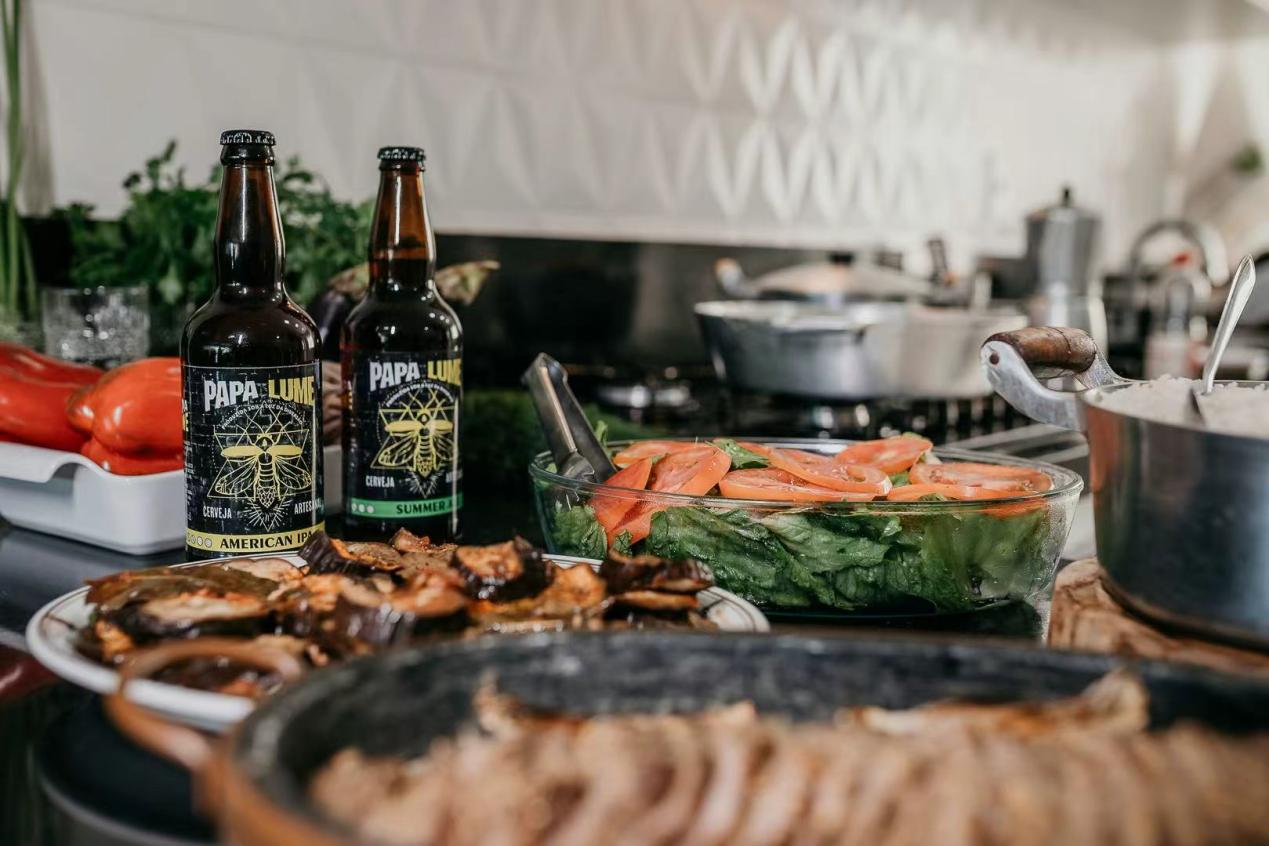
What is even more amazing is that different cooking techniques can give birth to diametrically opposite chemical reactions. When the olive oil in the cast iron pan began to smoke, the concentration of acrylamide (2A carcinogen) was three orders of magnitude higher than that of raw vegetables. However, if the same ingredients are put into a low-temperature slow cooker and slowly swam in a constant-temperature water area of 63℃ for 12 hours, those stubborn plant cell walls will quietly release calcium phytate, which was originally difficult for the human body to absorb-this transformation is like a molecular revolution that has quietly occurred in a taste laboratory.
In the pottery cooking in Qom province, Iran, which has been passed down for hundreds of years, the aroma molecules released by saffron and mutton are intertwined in a way that is difficult to analyze in modern chemistry. Local medical research found that this special cooking method can retain 87% of conjugated linoleic acid in mutton, while the conventional stewing method can only retain 34%. This fatty acid isomerization reaction catalyzed by high temperature not only endows dishes with unique almond fragrance, but also subtly shifts their metabolic path in the human body-from ordinary energy sources to functional nutrients with anti-inflammatory potential.
We often marvel at the wonderful use of butter in French cooking, but seldom think about the microscopic dialogue between the lactic acid bacteria metabolites released by the rupture of milk fat globule membrane and Omega-3 fatty acids in fried salmon at the moment when butter turns golden brown in the pan. It is found that this cross-food chemical symphony can promote the absorption rate of DHA by 28%, far exceeding the nutritional value of any single food.
What’s more fascinating is that, human cognition of food seems to be involved in this molecular transformation. When a low-temperature and slow-cooked chicken breast is placed in a delicate bone China dish, the "advanced cooking" signal received by the visual cortex of the brain will prompt islet β cells to secrete insulin in advance. This neuroendocrine linkage of "food-cognition-metabolism" will even change the digestion rhythm of food in the gastrointestinal tract. This may explain why the duration of satiety can be prolonged by 47 minutes when the chicken breast with the same nutritional ingredients is eaten in a high-end western restaurant.
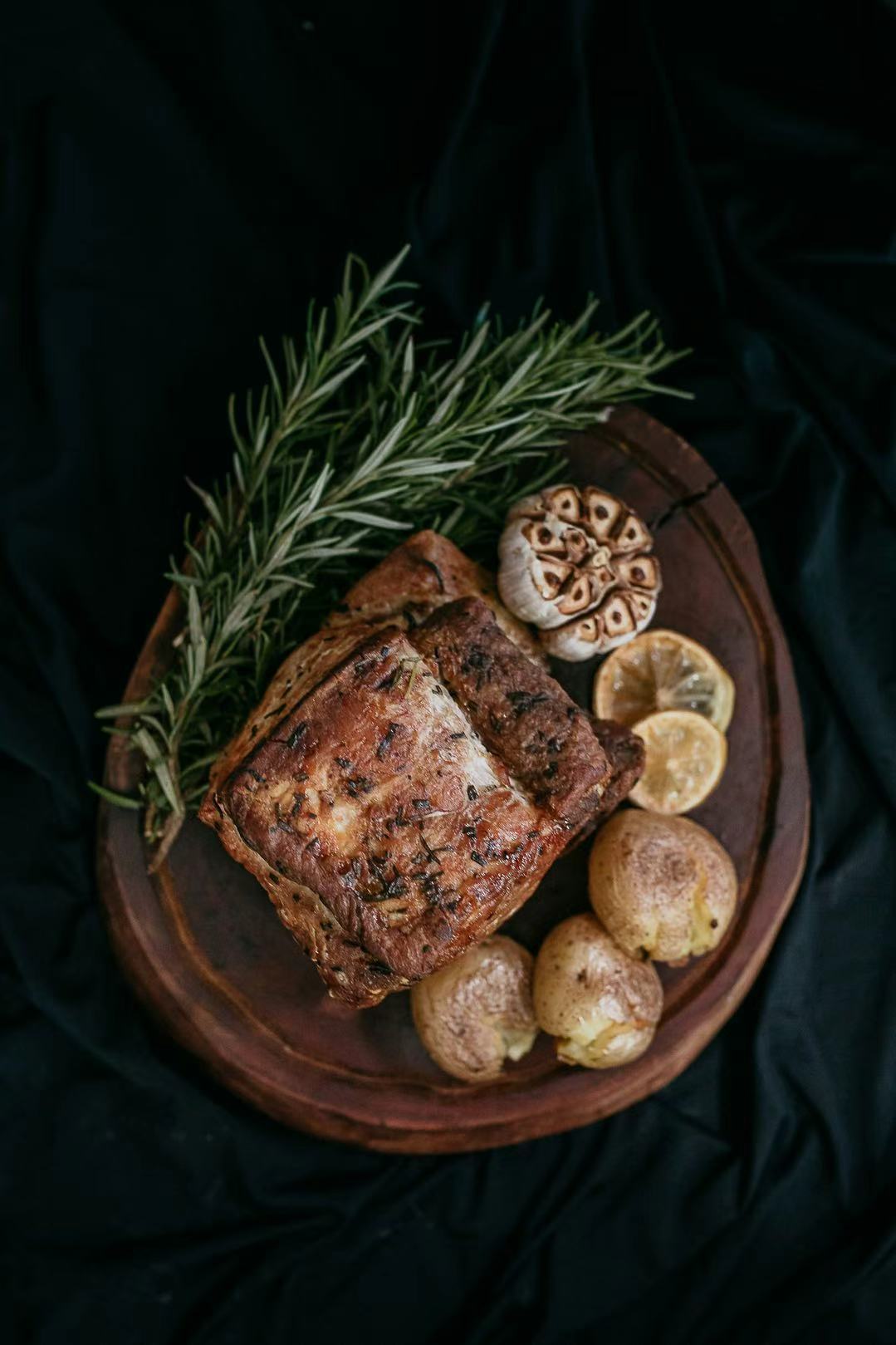
In the molecular cooking laboratory, scientists are trying to use liquid nitrogen rapid freezing technology to instantly freeze the shape of ice crystals in the berry cell structure. This seemingly avant-garde cooking method is actually redesigning the physical structure of food-those cell walls broken by ice crystals. The anthocyanins released can interact with the protease on the tongue surface briefly but deeply, forming a bioavailability of 31% higher than that of traditional freezing method.
When we serve Chinese food again, it may be time to re-examine the neglected cooking details. The leakage of iron ions from the cast iron pot, the steam circulation at the edge of the casserole, and even the liquid trajectory on the rotating plate of the microwave oven are rewriting the health code of food in a way that human beings have not fully understood. Next time, when you see the white fog curling up in the kitchen, please remember that it is not only steam, but also hundreds of millions of molecules that are rearranging and combining. They are telling the ancient password about health in the name of food.
